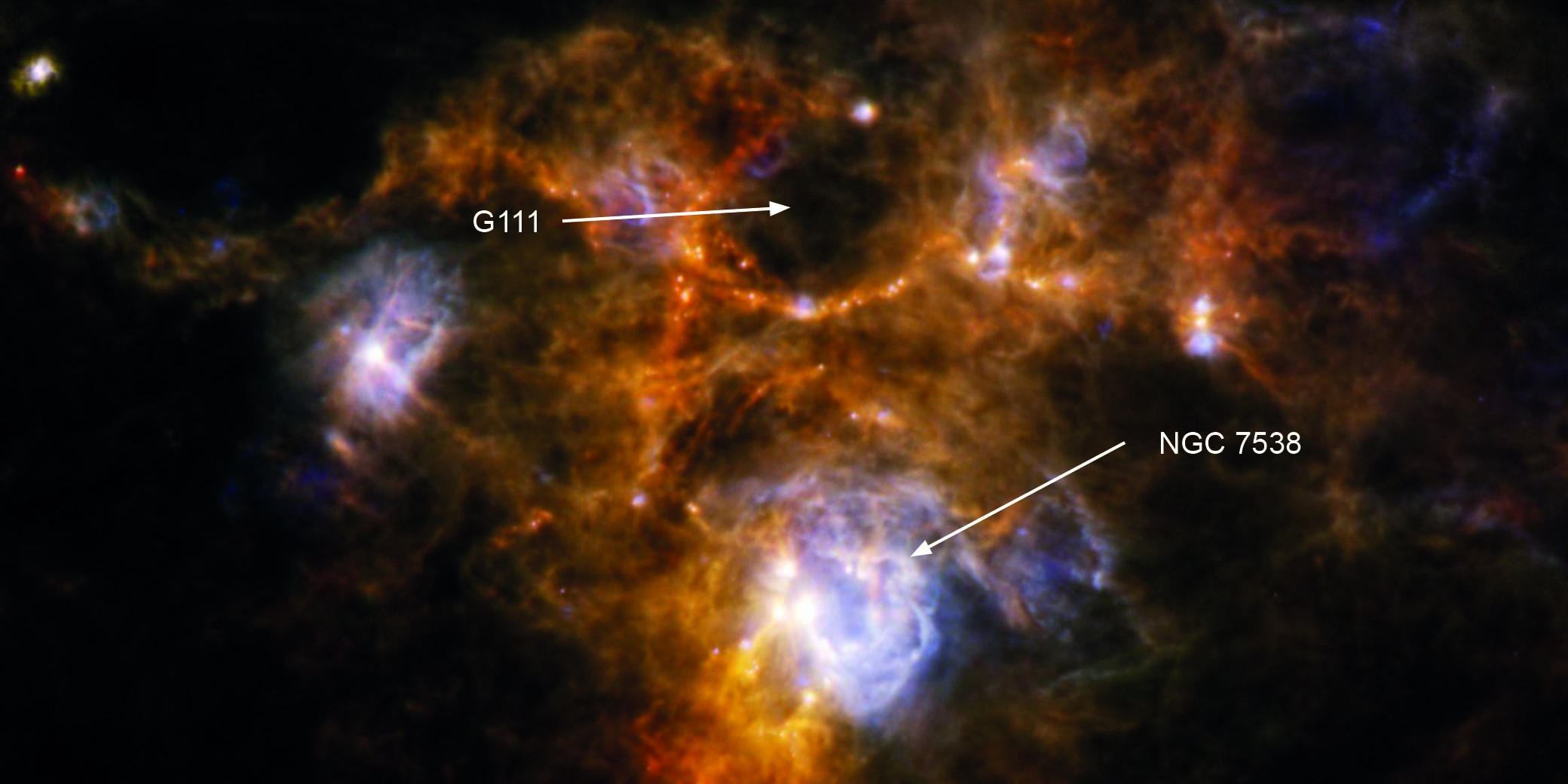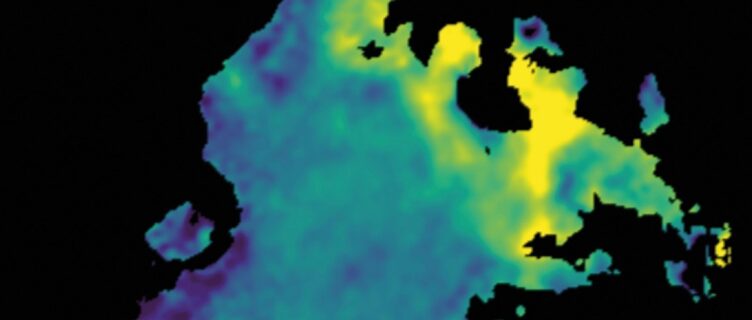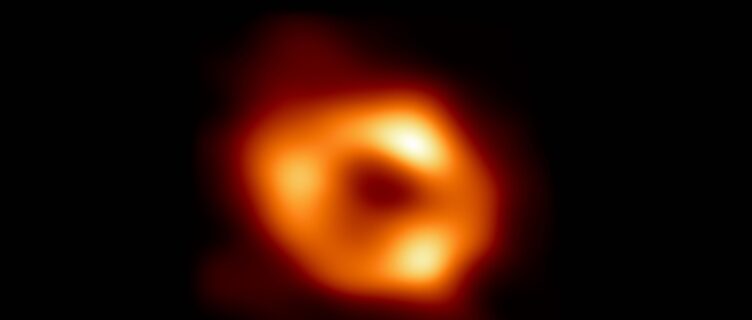Magnetic fields are one of the invisible architects of the interstellar medium with its microscopic dust particles and gas molecules. Magnetic fields guide how gas and dust move, stop them from collapsing too easily to create new stars, and help structuring the gas clouds where stars are born. However, observing and studying magnetic fields remains a challenging task for astronomers.
In a new study published in The Astronomical Journal, an international team of researchers, led by Dr. Dana Alina at the Nazarbayev University, revealed the magnetic field structure of a striking ring-like molecular cloud G111, located near the well-known NGC7538 active star forming region in the Milky Way. The unusual shape of this cloud might have several origins: it could be the remnant of a past explosion of a massive star in the form of a supernova or strong stellar winds, or the result of two colliding clouds of molecular gas. Each would leave a different magnetic signature. The magnetic field map that the team built offers new insights, but also deepens the mystery.
In the classic approach, magnetic field orientations in the interstellar medium are traced using polarized light, either directly from dust grains or from starlight filtered by interstellar dust. A new method, the Velocity Gradients Technique, relies on the gas motion to reveal magnetic field directions and offers a novel alternative to the traditional dust-based approach. This method allows one to probe the magnetic fields within the cloud, while polarized light traces all magnetic fields along the line of sight.
Thanks to the IRAM 30-meter telescope, the team of researchers obtained high-sensitivity observations of molecular gas emission lines, namely the carbon monoxide molecule. By applying the novel technique to these data, a detailed magnetic blueprint of the cloud was derived. The IRAM 30-meter observations were combined with data from telescopes across the world, including the Kanata telescope in Japan and the Planck satellite. The study revealed an ordered magnetic structure that follows the ring’s curvature, the same structure traced by the cold dust.
This suggests that magnetic forces were strong enough to remain organized throughout the cloud’s evolution, possibly guiding the gas motion during either an expansion or a large-scale interaction. In both cases, the results point to a magnetically regulated formation process, where the magnetic field helped preserve the ring’s symmetry instead of allowing turbulence to tear it apart. The hypotheses of a remnant of a past supernova explosion or stellar wind-blown structure seem to be supported by this analysis.
The study highlights the power of combining data at various wavelengths and using different techniques to study interstellar magnetic fields. In particular, the IRAM 30-meter telescope’s high sensitivity played a key role in deriving the magnetic blueprint of the cloud. This allows astronomers to trace magnetic fields in regions where traditional methods struggle, which is essential for understanding how magnetism influences star formation.
Although the magnetic field structure of G111 has now been mapped, the true origin of the ring itself remains a mystery. Was it sculpted by stellar winds, a supernova, or large-scale turbulence? The team’s next goal is to test these competing hypotheses using additional molecular tracers, numerical simulations, and future high-resolution observations. By combining different approaches, the team hopes to finally uncover how such an evolved ring-shaped cloud came to be, and what its magnetic backbone can teach us about the forces that shape the interstellar medium.

The map highlights the plane of the sky magnetic field orientation in G111 derived using the various approaches, shown by segments. The background is the WISE space telescope 8 micron emission that shows the warmer dust component while the black contours show the cold and dense dust component where most of star formation is occurring. As can be seen from the pink segments, the magnetic field structure derived from the IRAM 30-meter observations is curved and tightly follows the cold filamentary ridge of G111, shown as black contour on the right part of the figure. The magnetic field derived from near-infrared polarization in red follows the warmer dust component (highlighted by the green contour to guide the eye). Globally, we observe a large ring-like structure of the magnetic field across the region.
Acknowledgements: This publication makes use of data products from the Wide-field Infrared Survey Explorer, which is a joint project of the University of California, Los Angeles, and the Jet Propulsion Laboratory/California Institute of Technology, and NEOWISE, which is a project of the Jet Propulsion Laboratory/California Institute of Technology. WISE and NEOWISE are funded by the National Aeronautics and Space Administration.
Read the publication here
Our latest updates
Explore all the latest news from our research and technology groups and never miss out on important upcoming events.














